Which Oakley model are Vingegaard and Van Aert debuting?
Among the novelties that we have been able to see these days in the equipment used by cyclists and professional teams, most of them concentrated on the Alicante coast, the new Oakley glasses worn by the Visma-Lease a Bike cyclists have caught the attention of many.
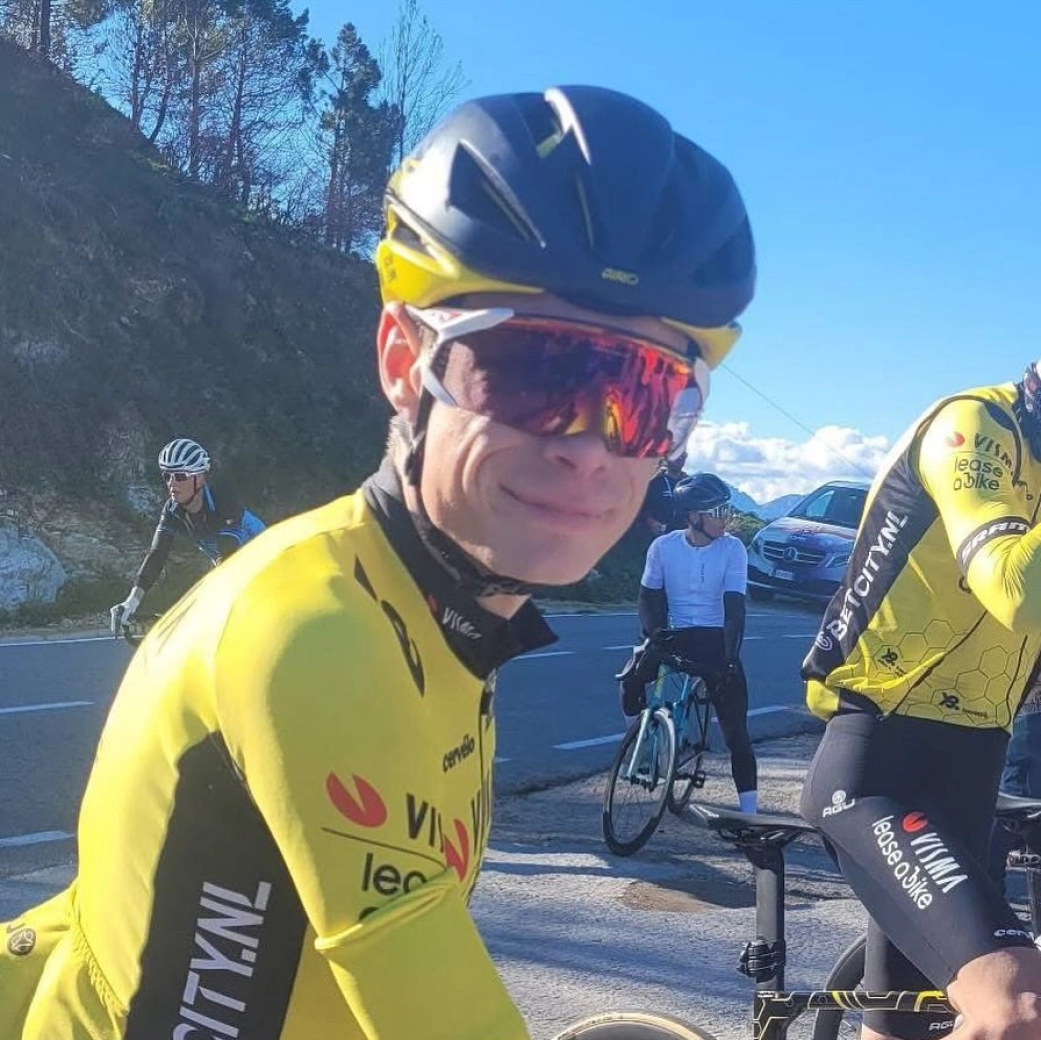
Greater protection and aerodynamics with the new Oakley glasses worn by Visma-Lease a Bike
The preseason concentrations that most teams carry out these days have, among their main missions, to provide their cyclists with the new material: bikes, clothing, shoes, etc. with which they will compete throughout the imminent season.
This allows material enthusiasts to see what new features there are in the different products used by professionals, such as the new Oakley glasses that we saw on the faces of the Visma-Lease a Bike cyclists.
RECOMENDADO
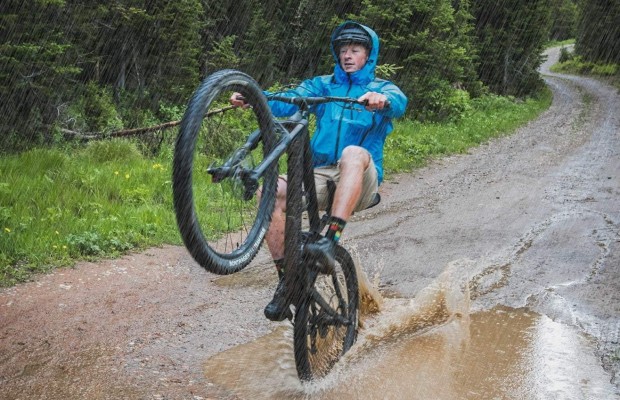
Tips for cycling in the rain

25 cycling gifts ideas to get it right

When do helmets have to be changed? Do they have an expiration date?
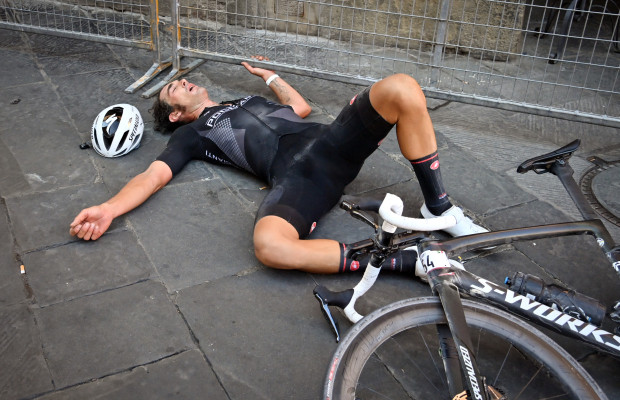
How many days should a cyclist rest per week?
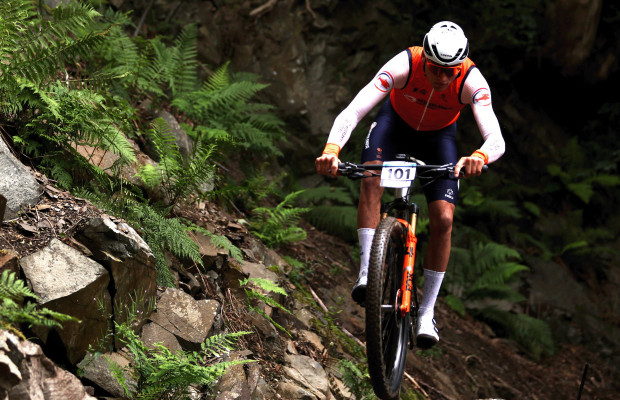
Some reasons to stay away from the road in winter
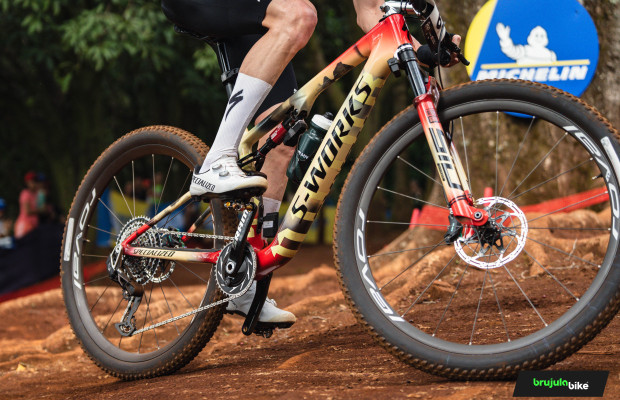
S-Works: what does it really mean and where does Specialized's most exclusive label come from?
Glasses that seem to be an evolution of the Kato model they were using, but with a much larger screen that offers greater wind protection, especially on the sides.
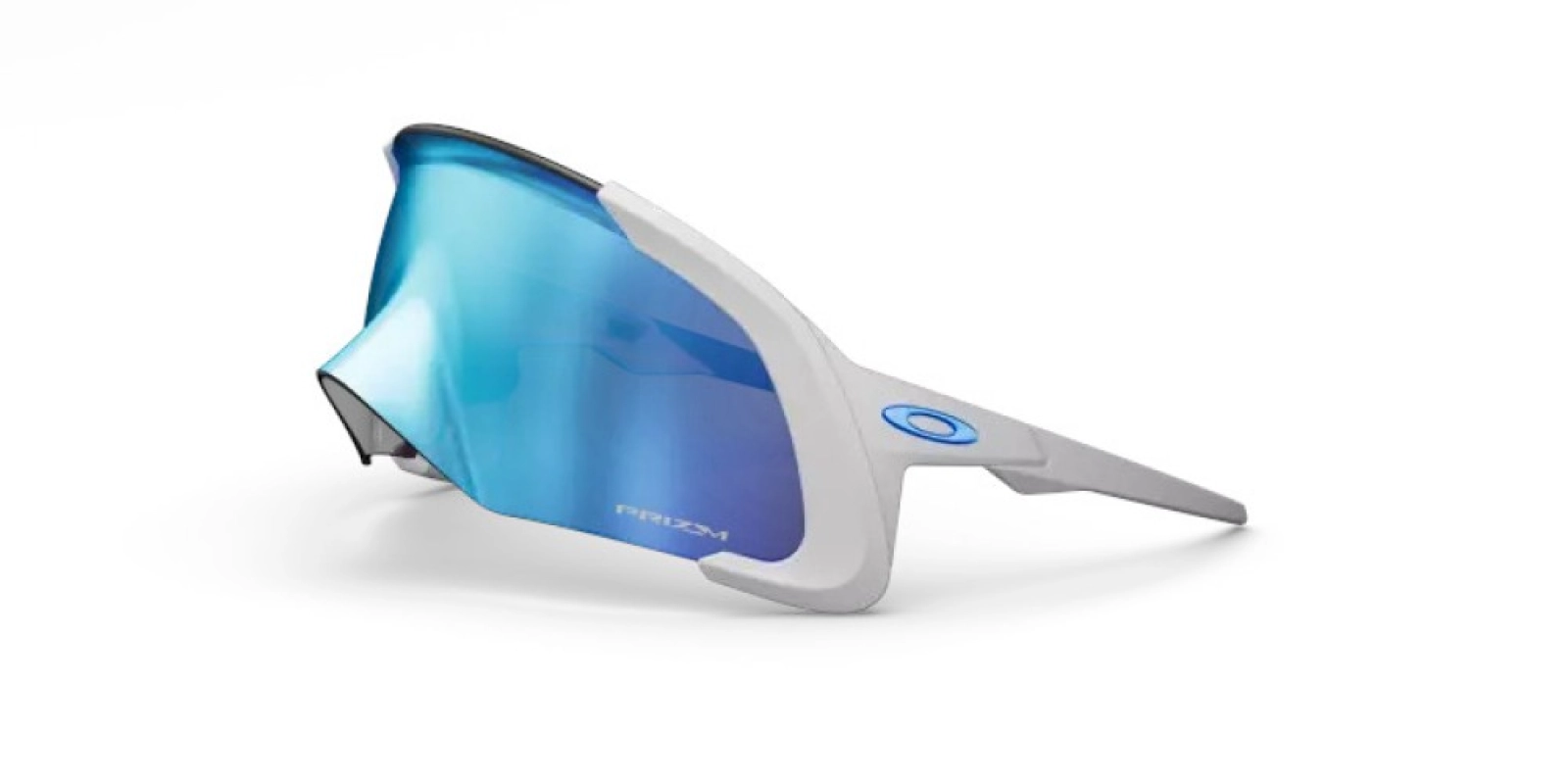
A model that, everything indicates, could be, if not the same, a variant of the Oakley Flex Scape that the brand presented at the beginning of the year at the ISPO fair in Munich. In fact, the glasses worn by Jonas Vingegaard or Wout van Aert share a design with these Flex Scape, with a covered bridge area in the style of the current Kato and sides where the temple integrates with a semi-frame that embraces the huge screen.
The only differences we have been able to appreciate compared to the Flex Scape we saw at the beginning of the year is that the model used by Visma-Lease a Bike has small perforations on the sides of the screen, probably to prevent fogging, something that is more likely to happen with such a closed model.